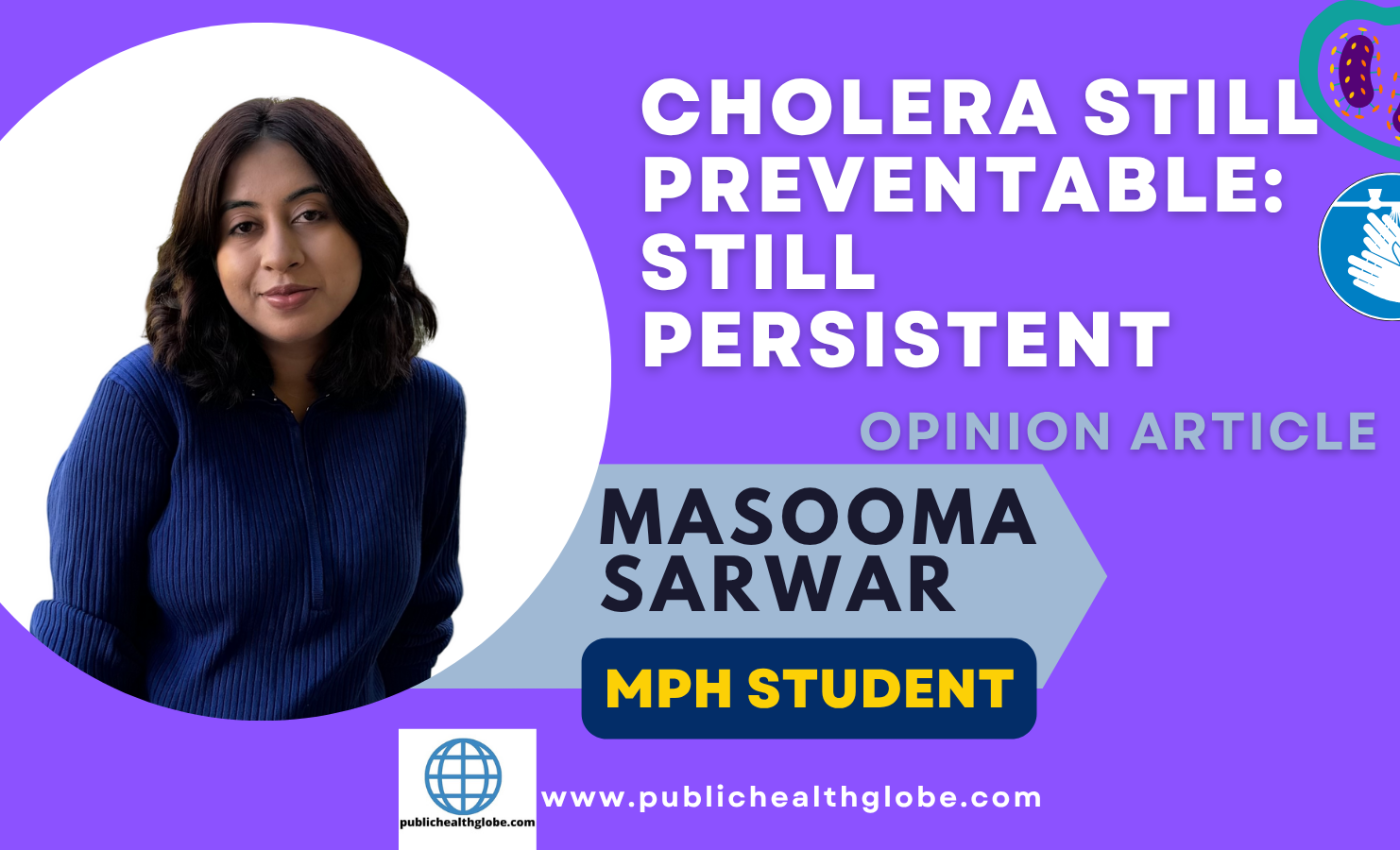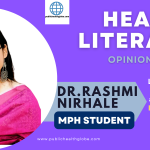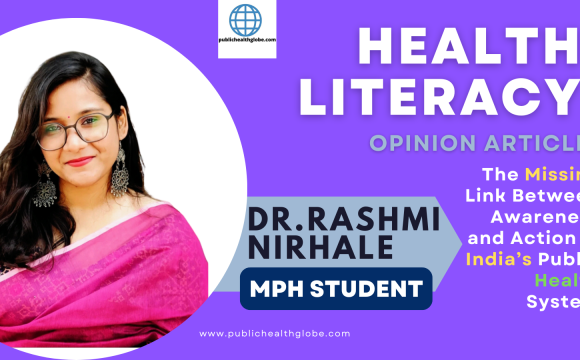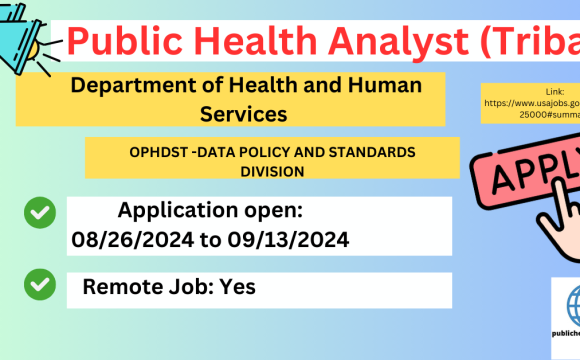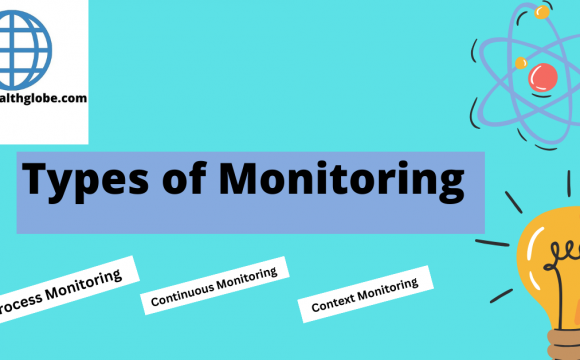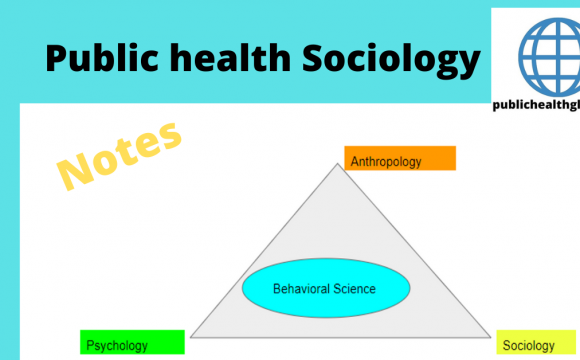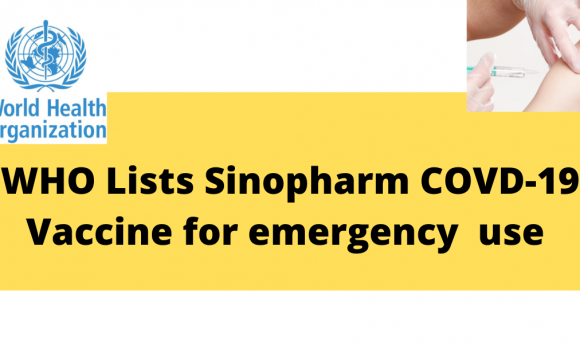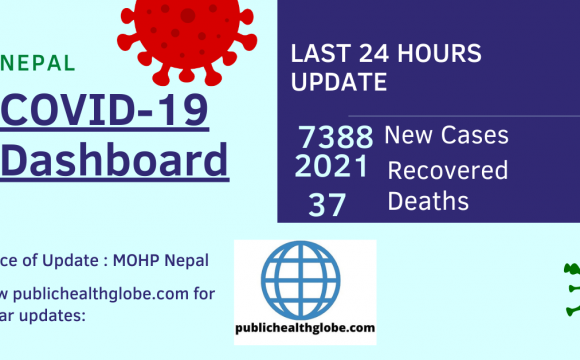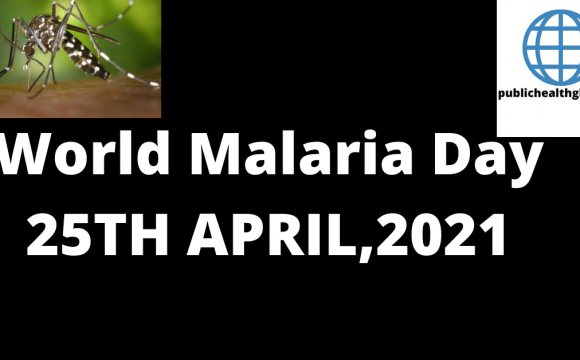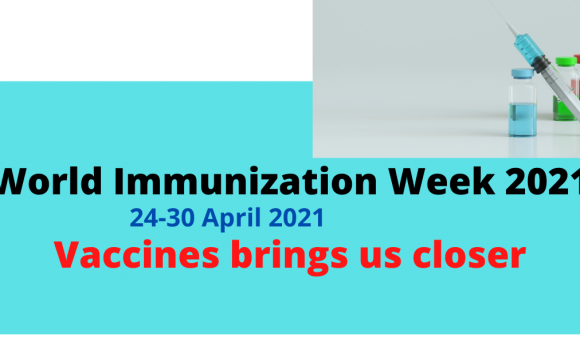Cholera in 2025 — A Preventable Disease Still Causing Preventable Deaths
Cholera is a severe diarrheal disease caused by ingesting food or water contaminated with Vibrio cholerae, reflecting deep-rooted inequities in access to clean water and sanitation[1]. Between January and August 2025, 31 countries reported over 400,000 cholera and acute watery diarrhea cases and nearly 5,000 deaths, a 20% decline in cases from 2024 but a 46% rise in deaths [2] (see figure 1 for annual cholera cases from 1989-2024). These numbers reveal that despite progress in detection, gaps in coordination continue to undermine timely, life-saving responses.
While many infected individuals show no symptoms, they can still spread the bacteria, fueling outbreaks. Yet, cholera [3] is both predictable and preventable with sustained access to safe water, sanitation, and hygiene[4].
Disasters such as floods and earthquakes significantly increase the vulnerability of affected populations to cholera outbreaks. Limited access to safe drinking water and adequate sanitation further heightens the risk of infection, and without timely treatment, individuals can die from cholera-related dehydration within just a few hours. To address this heightened risk, humanitarian organizations like UNICEF, WHO, and the Red Cross Red Crescent (RCRC) have established targeted approaches for prevention and response. These approaches include WASH, Oral rehydration therapy, hygiene promotion, and case surveillance as important components.
Trends in Cholera Case Fatality Rate (CFR):
Cholera can lead to severe dehydration and cause deaths within hours if untreated, yet outbreaks keep catching us unprepared. The 2023–2024 outbreak in Zambia recorded a case fatality rate nearly three times the global average (2.3%)[5], a stark reminder that delayed response costs lives.
Cholera is resurging in countries once thought safe, for instance, Sudan has reported tens of thousands of cases amid overcrowded camps, unsafe water, and weak health systems[6]. In August 2025, Sudan reported 8713 new cholera cases and 218 associated deaths with a CFR of 2.5%, underscoring both the severity of these outbreaks and persistent gaps in timely treatment and response.[7] The chart below shows the cholera outbreaks from 2000-2023 with trends of deaths and CFR over these years.

These are not surprise events as cholera is predictable, yet responses are often fragmented, with overlapping programs and uneven WASH and case management coverage. Stronger coordination is urgently needed. When partners align early, pool resources, and deliver unified interventions, we can cut delays, close treatment gaps, and drive down fatality rates to where they should be – close to zero.
What Humanitarian Organizations are Doing Now
Humanitarian organizations like UNICEF, WHO, and MSF have been using the Case Area Targeted Intervention approach in the Cholera response, and the Red Cross has a similar approach, which is the Red Cross-Case Area Targeted Intervention. The Red Cross relies heavily on Branch Volunteers for implementing RC-CATI.
The Red Cross-CATI helps National Societies respond more effectively to cholera outbreaks by focusing resources where they are needed most. RC-CATI ensures stronger and more impactful interventions, beyond immediate response, working with communities to build knowledge and tools that prevent future outbreaks. RC-CATI teams are actively involved in community-based surveillance, oral rehydration therapy, and supporting the vaccination campaigns in the affected communities. With the support of Red Cross and Red Crescent volunteers and branches, RC-CATI teams maintain ongoing connections with affected communities, bridging emergency action with longer-term prevention.

The Case Area Targeted Intervention (CATI) is a rapid-response approach implemented by Community Outbreak Response Teams (CORT), usually composed of three to four trained members from government or NGOs. CATI delivers immediate interventions to households with confirmed cases and their nearby neighbors. By acting fast, these teams help contain outbreaks before they spread further. CATI teams are deployed to disinfect affected households, distribute water treatment supplies, conduct hygiene promotion, and, when possible, offer vaccination.
The Power of Prevention and Community Resilience
Cholera prevention is not merely a response to an upcoming outbreak but a strategic investment in strengthening community resilience, enabling populations to anticipate, withstand, and recover from public health threats. Preventive interventions build trust and shared responsibility, empowering communities as active stakeholders in the protection and promotion of their health.
Involvement of community members is pivotal in fostering trust, facilitating information dissemination, and promoting the uptake of preventive measures. Ongoing community engagement throughout the response can sustain momentum and reinforce desirable health behaviors [9].
Despite the evidence, in many humanitarian settings, investments in prevention are still insufficient, and response strategies continue to be reactive instead of preventative.
The Red Cross is one of many humanitarian actors working to shift the focus from reaction to prevention. Through the Red Cross-Case Area Targeted Intervention, it enhances readiness by implementing WASH initiatives, promoting Community Engagement and Accountability (CEA), supporting Community-Based Surveillance (CBS), and conducting hygiene promotion activities. These initiatives ensure that communities are part of the response and not just recipients of aid.
From Fragmentation to Integration: Why a Unified Cholera Response Matters
The cholera response typically involves a range of interventions, including hygiene promotion, WASH activities, cholera treatment centres, oral rehydration therapy, vaccination campaigns, and in some countries, chemoprophylaxis under Case Area Targeted Interventions (CATI). This blog focuses on two such approaches, CATI and Red Cross–CATI (RC-CATI), which are being implemented on the ground by key humanitarian actors such as the Red Cross Red Crescent Movement, UNICEF, MSF, and WHO. The notable similarities between these approaches highlight the need for greater coordination and integration, to enhance efficiency, reduce duplication, and ultimately strengthen cholera response outcomes.
There are a few differences in the CATI and RC-CATI approaches, but they share foundational objectives and strategies that make them highly effective in responding to cholera outbreaks. The RC-CATI strengths are grounded in its effective approach working with local volunteers and building on their knowledge and experience, in addition, community-based surveillance for cholera cases is done with the help of the community volunteers. Branch volunteers speak the local language, live the ground realities, know the customs, and are more likely to be welcomed at the door. Hence, they have better opportunities to conduct hygiene promotion activities and educate the public about safe WASH practices.
However, these efforts are not always coordinated among on-ground stakeholders. Multiple actors may run similar interventions with different data systems, messaging strategies, and timelines, creating overlaps in some areas and leaving gaps in others. Aligning CATI, RC-CATI, and other outbreak response tools under a unified coordination framework could reduce duplication, accelerate response times, and improve equity in service delivery.
A Call to Action
Cholera should no longer claim lives in the 21st century. We have the tools: vaccines, clean water, oral rehydration, and trained health workers at all levels of health systems. What we need is better coordination amongst key stakeholders, evidence-based research and programming with accessible scientific communication, and the political will to fund and sustain proactive prevention.
UNICEF, MSF, WHO, the Red Cross Red Crescent Movement, and the Global Task Force on Cholera Control (GTFCC) must not only respond side by side but plan, resource, and act together under one harmonized framework. Health and WASH Clusters can serve as the backbone of this effort by aligning data collection, synchronizing case management protocols, and coordinating vaccination and WASH interventions to avoid gaps and duplication.
Investing in joint planning, shared surveillance systems, and community-driven approaches would ensure that no outbreak response is delayed and that prevention becomes the default, not the exception. Coordination is not just a management exercise; it is a life-saving intervention. When we act together, we can move from reacting to outbreaks to preventing them, closing the chapter on cholera as a cause of avoidable death.
Acknowledging Mitacs Support
This blog and the related research have been made possible through the Mitacs Accelerate Fellowship, which connects students from academic institutions with industry and organizational partners. By fostering applied research and knowledge exchange, the program has allowed me to apply my Master of Public Health training into practical impact within a global health and humanitarian context at the Canadian Red Cross. Through this support, I have advanced projects focused on innovative cholera preparedness strategies, strengthened community-based interventions, and enhanced WASH capacity to better serve vulnerable populations.
References
- https://www.who.int/health-topics/cholera#tab=tab_1
- https://www.who.int/emergencies/disease-outbreak-news/item/2025-DON579#:~:text=Description%20of%20the%20situation,One%20death%2C%20CFR%200.03%25).
- https://www.who.int/news-room/fact-sheets/detail/cholera
- https://gh.bmj.com/content/10/1/e016491
- https://www.reuters.com/business/healthcare-pharmaceuticals/who-warns-spread-cholera-outbreak-sudan-chad-refugee-camps-2025-06-13/
- https://www.reuters.com/business/healthcare-pharmaceuticals/who-warns-spread-cholera-outbreak-sudan-chad-refugee-camps-2025-06-13/
- https://www.who.int/publications/m/item/multi-country-outbreak-of-cholera–external-situation-report–30–26-september-2025
- https://iris.who.int/server/api/core/bitstreams/6df56b18-44f1-4aa1-a952-93c15808a583/content
- https://gh.bmj.com/content/10/1/e017055

